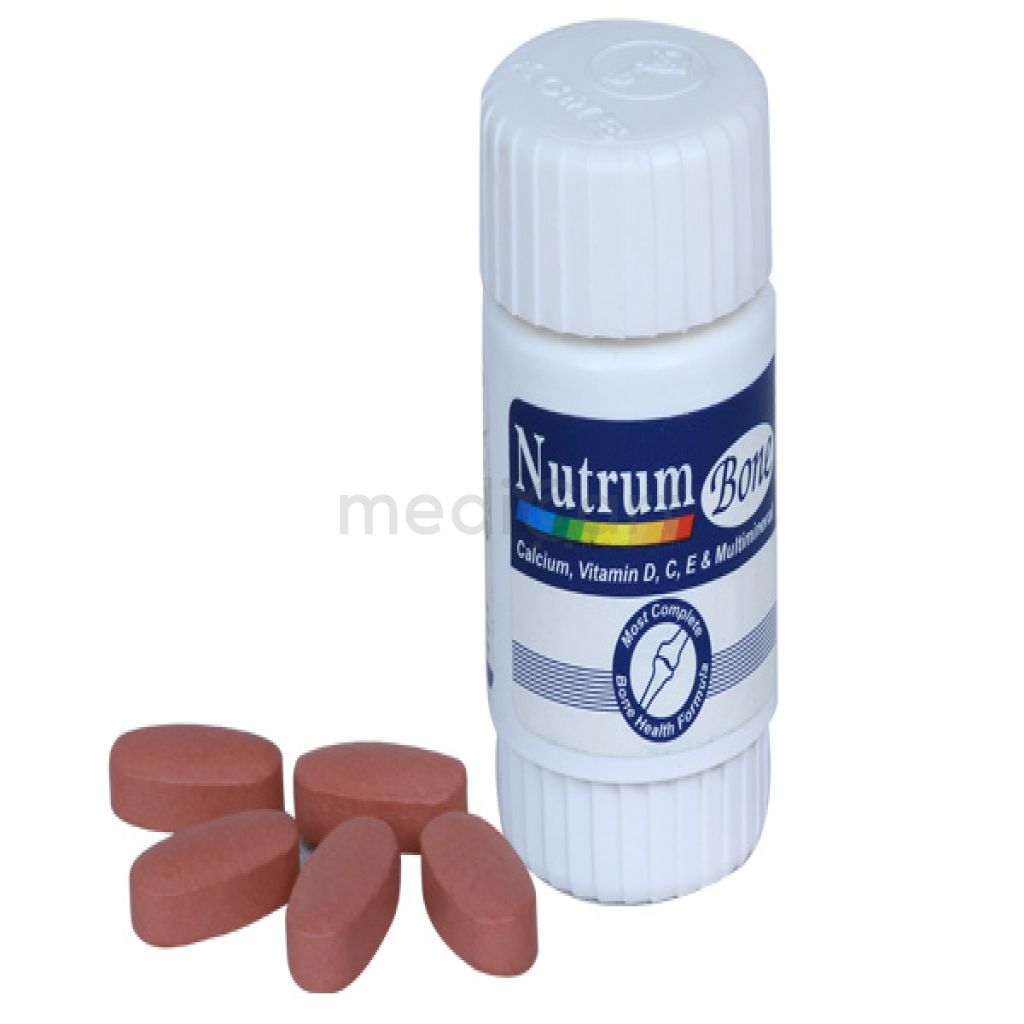

Vorifast 50 mg - 50mg
Tablet* Delivery will be done in Dhaka city only.
Alternative Product
More Information About - Vorifast 50 mg - 50mg
Description
Generic Name
Voriconazole
Precaution
Patient w/ potentially proarrhythmic conditions, risk for acute pancreatitis. Correct electrolyte disturbances e.g. hypokalaemia, hypomagnesaemia and hypocalcaemia prior to treatment. Hepatic and renal impairment. Pregnancy and lactation. Patient Counselling May impair ability to drive or operate machinery. Avoid intense or prolonged exposure to direct sunlight. Monitoring Parameters Monitor hepatic (prior and during treatment) and renal (during treatment) function, serum electrolytes, visual and pancreatic function. Lactation: Not known if excreted in breast milk, a decision should be made whether to discontinue nursing or drug; weigh risk/benefit
Indication
Candidemia, Deep tissue Candida infections, Invasive aspergillosis, Scedosporiosis and Fusariosis
Contra Indication
Hypersensitivity. Co-admin w/ CYP3A4 substrates, terfenadine, astemizole, cisapride, pimozide, quinidine, rifampicin, carbamazepine, long-acting barbiturates (e.g. phenobarbital, mephobarbital), ergot alkaloids (e.g. ergotamine and dihydroergotamine), efavirenz (≥400 mg once daily), ritonavir (≥400 mg bid), sirolimus, rifabutin, St John's wort.
Dose
N/A
Side Effect
>10% Visual changes (photophobia, color changes, increased or decreased visual acuity, or blurred vision occur in 21%) 1-10% Tachycardia,Hypertension,Hypotension,Vasodilation,Peripheral edema,Fever,Chills,Headache,Hallucinations,Dizziness,Rash,Pruritus,Photosensitizing skin reactions,Hypokalemia,Hypomagnesemia,Nausea,Vomiting,Abdominal pain,Diarrhea,Xerostomia,Thrombocytopenia,Alkaline phosphatase increased,Serum transaminases increased, ALT/AST increased,Cholestatic jaundice,ARF
Pregnancy Category
Name : D
Description
There is positive evidence of human fetal risk based on adverse reaction data from investigational or marketing experience or studies in humans, but potential benefits may warrant use of the drug in pregnant women despite potential risks.Mode of Action
Voriconazole is a triazole antifungal agent which inhibits cytochrome P450-dependent enzymes thereby inhibiting ergosterol synthesis in fungal cell membranes. It has a broad spectrum of activity against all Candida spp. including strains resistant to fluconazole), Aspergillus spp., Scedosporium spp., and Fusarium spp.
Interaction
Increased prothrombin time w/ oral anticoagulants. May increase plasma concentrations of ciclosporin and tacrolimus, long-acting opiates (e.g. oxycodone, methadone), NSAIDs (e.g. ibuprofen, diclofenac), omeprazole, short-acting opiates (e.g. alfentanil, fentanyl). Decreased voriconazole plasma concentration and increased phenytoin plasma concentrations when used concomitantly. May increase plasma concentration w/ oral contraceptives. Potentially Fatal: May increase risk of QT prolongation or torsades de pointes w/ astemizole, cisapride, pimozide, quinidine and terfenadine. May increase risk of ergotism w/ ergot alkaloids (e.g. ergotamine and dihydroergotamine). May significantly increase plasma concentrations of sirolimus. Decreased plasma concentrations w/ rifampicin, carbamazepine, long-acting barbiturates (e.g. phenobarbital, mephobarbital), efavirenz (?400 mg once daily), ritonavir (?400 mg bid). Concomitant use may significantly increase rifabutin and decrease voriconazole plasma concentration.
Pregnancy Category Note
Pregnancy Therapy can cause fetal harm when administered to a pregnant woman; there are no available data on pregnant women; in animal reproduction studies, oral voriconazole was teratogenic in rats and embryotoxic in rabbits; if this drug used during pregnancy, or if patient becomes pregnant while taking drug, inform patient of potential hazard to fetus Lactation No data are available regarding presence of drug in human milk, the effects of voriconazole on breastfed infant, or on milk production; developmental and health benefits of breastfeeding should be considered along with mother’s clinical need for therapy and any potential adverse effects on breastfed child or from underlying maternal condition Contraception Advise females of reproductive potential to use effective contraception during treatment Lactation No data are available regarding presence of drug in human milk, the effects of voriconazole on breastfed infant, or on milk production; developmental and health benefits of breastfeeding should be considered along with mother’s clinical need for therapy and any potential adverse effects on breastfed child or from underlying maternal condition
Adult Dose
Adult Invasive Aspergillosis, Candidemia, Serious Fungal Infections 6 mg/kg IV q12hr for first 24 hours, then 4 mg/kg IV q12hr or 200 mg PO q12hr Esophageal Candidiasis Candida albicans, Candida glabrata, Candida krusei 200 mg PO q12hr Hepatic impairment: Mild to moderate (Child-Pugh category A and B): Standard loading dose but maintenance doses should be reduced by 50%.
Child Dose
<12 years: Safety and efficacy not established Child >12 years Invasive Aspergillosis, Candidemia, Serious Fungal Infections 6 mg/kg IV q12hr for first 24 hours, then 4 mg/kg IV q12hr or 200 mg PO q12hr Esophageal Candidiasis Candida albicans, Candida glabrata, Candida krusei 200 mg PO q12hr
Renal Dose
N/A
Administration
Should be taken on an empty stomach. Take at least 1 hr before or after meals. Infuse IV over 1-2 hr, not to exceed 3 mg/kg/hr
Disclaimer
The information provided herein are for informational purposes only and not intended to be a substitute for professional medical advice, diagnosis, or treatment. Please note that this information should not be treated as a replacement for physical medical consultation or advice. Great effort has been placed to provide accurate and comprehensive data. However, Medicart along with its authors and editors make no representations or warranties and specifically disclaim all liability for any medical information provided on the site. The absence of any information and/or warning to any drug shall not be considered and assumed as an implied assurance of the Company.









